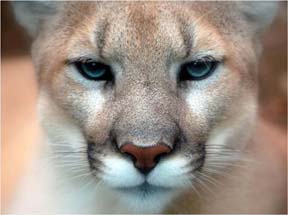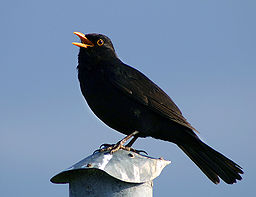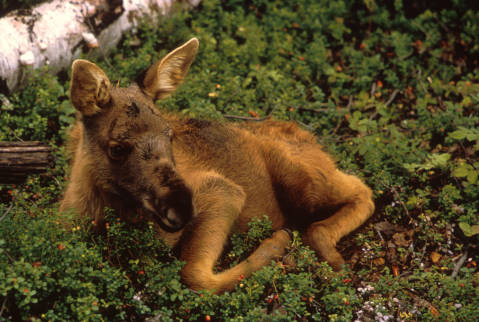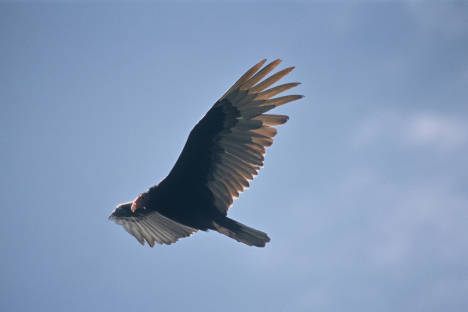 The Wyoming Game and Fish Department and the Wyoming Cooperative Fish and Wildlife Research Unit recently collared 28 cow moose to add to the 65 moose they are already tracking with GPS collars, the Sheridan Press reports.
The Wyoming Game and Fish Department and the Wyoming Cooperative Fish and Wildlife Research Unit recently collared 28 cow moose to add to the 65 moose they are already tracking with GPS collars, the Sheridan Press reports.
Twelve of those collars provide real-time data, while the rest will fall off after two years, and will need to be collected so the data can be retrieved, the article says.
The article quotes Wyoming Game and Fish South Jackson Wildlife Biologist Gary Fralick as saying that after the first two years of results, some moose are “very localized,” staying in one spot. Other findings include a low birth rate for the moose, and a rump fat level that compares unfavorably to moose in Minnesota, which are in decline.
The rump fat was measured with an ultrasonograph to determine body conditions. The details are still being worked out.

 Where are there more mountain lions? There are increases Puma concolor sightings just about everywhere, recent news reports say.
Where are there more mountain lions? There are increases Puma concolor sightings just about everywhere, recent news reports say. The bright lights (and noise) of the big city haven’t just made the days of songbirds longer, they have thrown a wrench in the birds’ circadian rhythms, researchers studying European blackbirds have found. The study, which is in the current issue of the
The bright lights (and noise) of the big city haven’t just made the days of songbirds longer, they have thrown a wrench in the birds’ circadian rhythms, researchers studying European blackbirds have found. The study, which is in the current issue of the Late last month Minnesota Department of Natural Resources researchers collared 49 moose calves within hours of their birth,
Late last month Minnesota Department of Natural Resources researchers collared 49 moose calves within hours of their birth,  Researchers from the Hawk Mountain Sanctuary in Pennsylvania have been studying vultures throughout the New World to see if they are effective sentinels for environmental pollutants, such as lead.
Researchers from the Hawk Mountain Sanctuary in Pennsylvania have been studying vultures throughout the New World to see if they are effective sentinels for environmental pollutants, such as lead. From
From